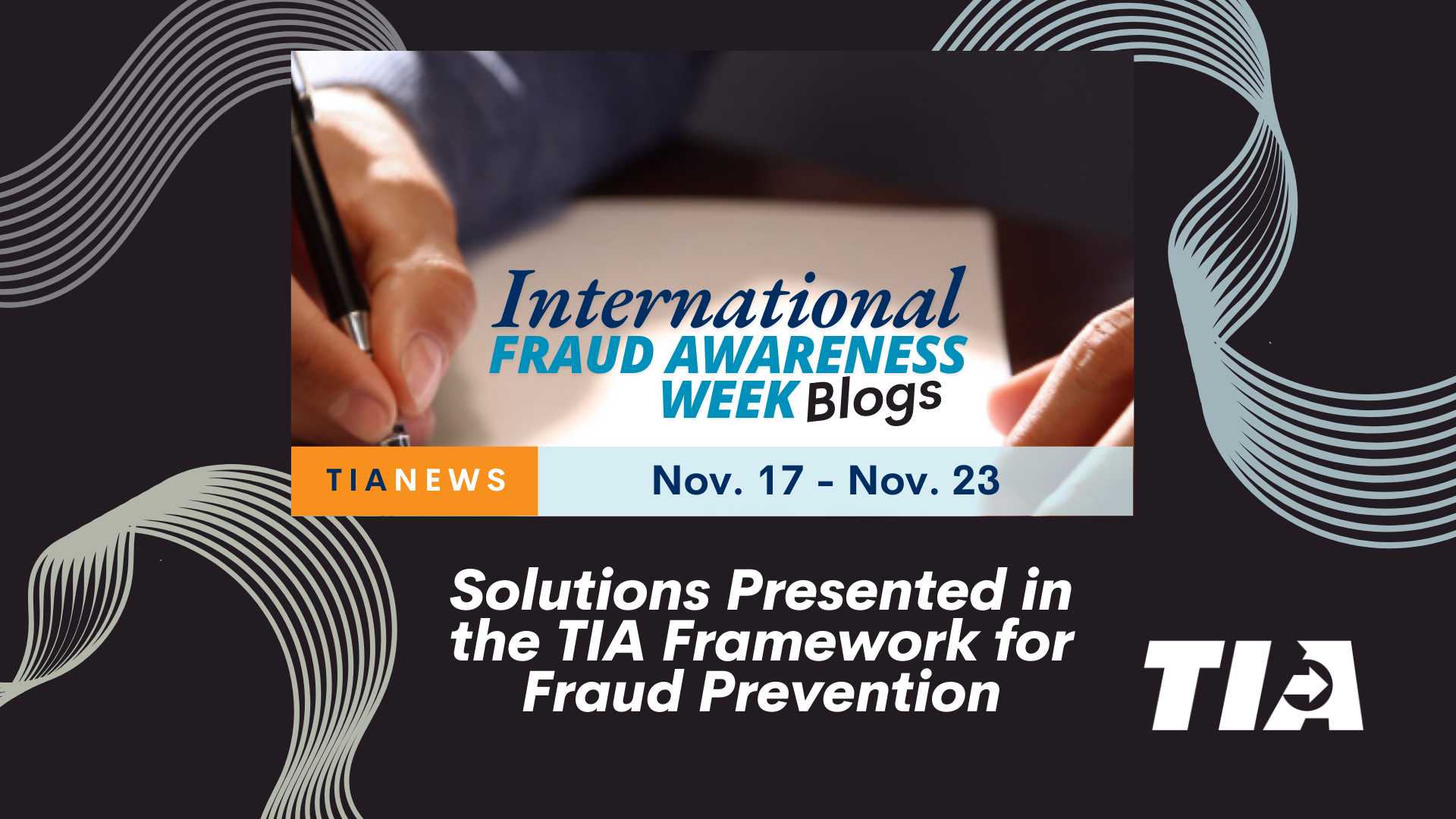TIA Blog
Solutions Presented in the TIA Framework for Fraud Prevention

1. Carrier Vetting and Maintenance
- Implement thorough vetting procedures for carriers, including verifying operating authority, insurance documents and safety ratings.
- Utilize tools like the FMCSA website, third-party carrier monitoring services and TIA Watchdog for ongoing monitoring.
- Maintain high standards post-onboarding by regularly re-verifying carrier information and monitoring performance metrics.
2. Collaboration with Shippers
- Work closely with shippers to ensure best practices are followed, such as verifying the carrier’s identity at pick-up and documenting all transactions.
- Use technology like GPS tracking and geofencing to monitor shipments and ensure proper handling.
3. Fraud and Theft Prevention Best Practices
- Protect sensitive company information by limiting the distribution of authority and bond documents.
- Use contracts to clarify liability and procure adequate insurance to cover risks, including fraud-induced liabilities.
- Adopt a multi-layered approach, leveraging technology and processes to mitigate risks.
4. Post-Theft Measures
- Speed is crucial in recovering stolen cargo; report thefts immediately and utilize tracking technologies.
- Work with law enforcement and insurers, providing all necessary documentation and maintaining frequent communication.
- Have clear protocols and assigned responsibilities for handling theft incidents within the organization.
5. Education and Awareness
- Continuous education on emerging fraud tactics for employees and collaboration within the industry to share best practices.
- Regularly update prevention strategies to keep pace with evolving threats.
- The framework emphasizes the need for a comprehensive, collaborative approach involving technology, strict procedural adherence and ongoing education to safeguard against fraud in the logistics industry.

